- 8:00 AM – 04.00 PM, Monday – Saturday
- [email protected]
- (951) 421-1493
- 8:00 AM – 6:00 PM, Monday – SUNDAY
- [email protected]
- (951) 421-1493
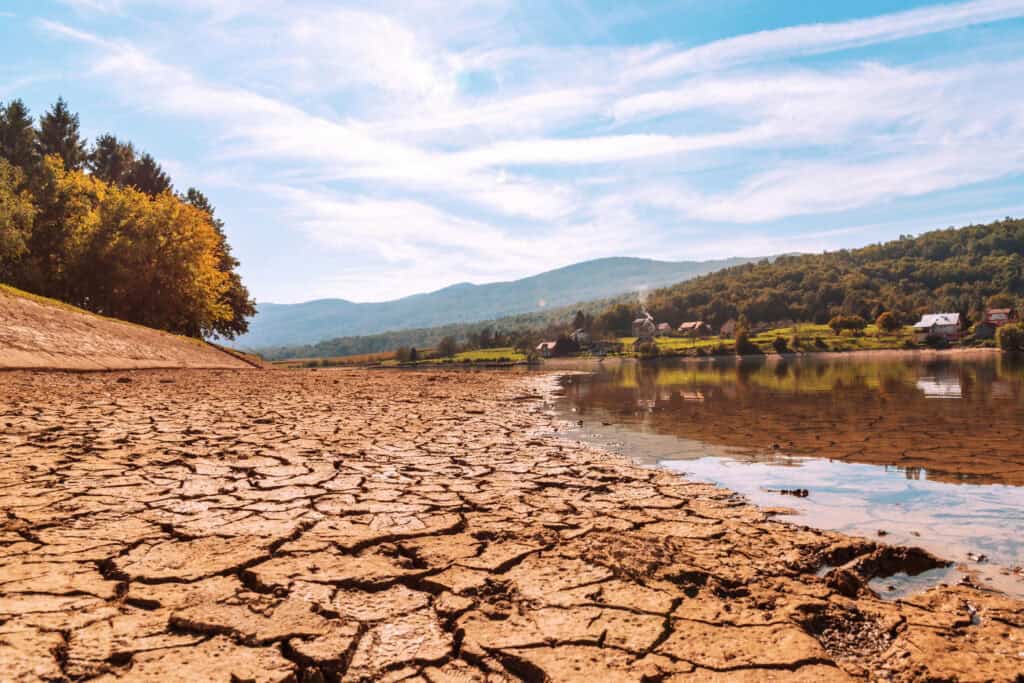
Droughts pose significant challenges for our natural water systems, particularly lakes and ponds. These vital aquatic ecosystems support biodiversity, offer recreation, and often serve as essential water sources for communities.
As climate conditions become increasingly unpredictable, implementing effective strategies for drought pond care and lake maintenance during dry spells is crucial for preserving these environments.
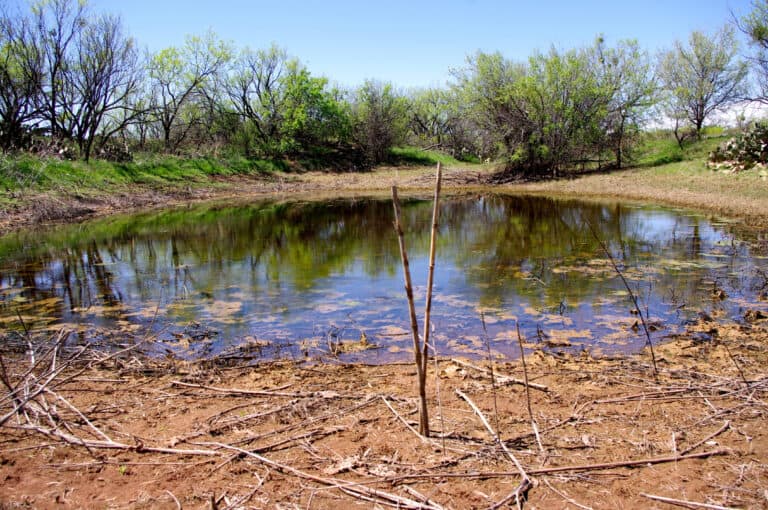
Understanding these effects is the first step toward effective pond and lake management during droughts. Ponds are especially susceptible due to their smaller volume and limited inflow. Algae blooms can become more common, further depleting oxygen levels.
To mitigate these effects, it’s important to monitor water quality regularly and take steps to reduce stress on aquatic life.
Lakes, while generally larger than ponds, face similar challenges during a drought. Lower water levels can expose the lakebed, increasing the risk of erosion and sedimentation. This not only affects water clarity but can also disrupt the habitat of various species.
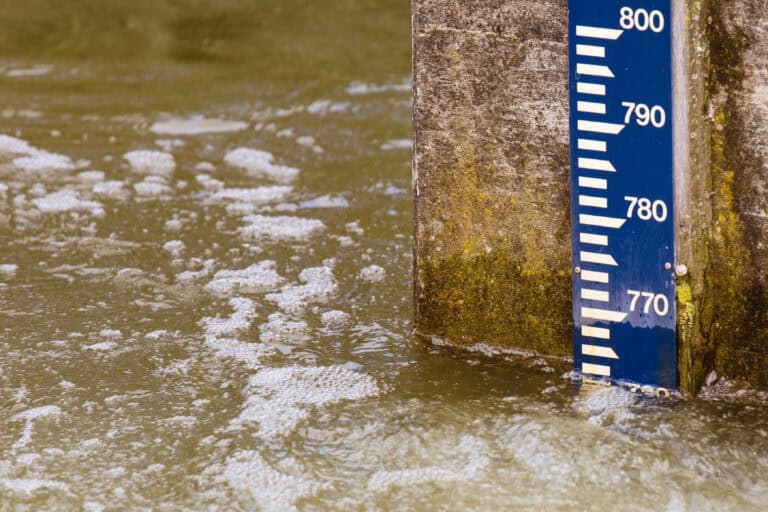
How can you effectively maintain water levels in ponds and lakes during a drought? Start by evaluating the drought effects, noting reduced inflow and evaporation rates. Implementing water level management strategies is essential. Proactive monitoring allows you to respond before issues escalate.
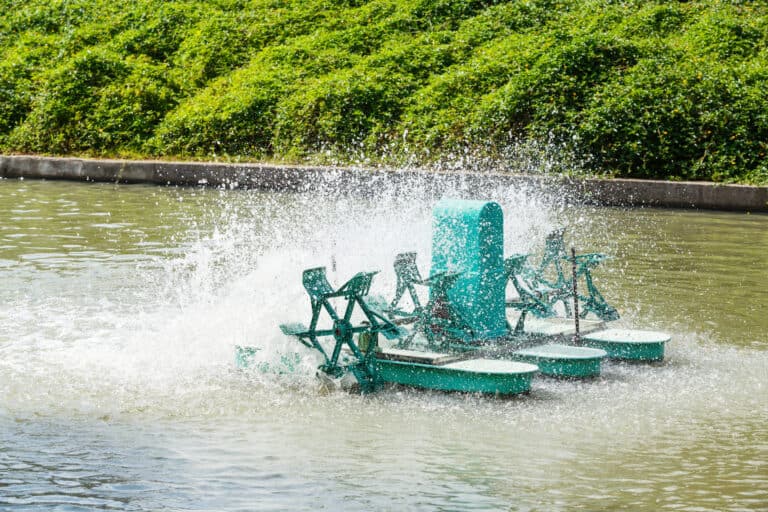
Aerating pond and lake water during droughts enhances oxygen levels, which helps sustain aquatic life and improves water quality. During dry periods, water becomes stagnant, leading to lower oxygen concentrations. This can severely impact fish and other aquatic organisms.
By introducing aeration, you improve water circulation and allow oxygen to dissolve more effectively throughout the pond or lake. Additionally, aeration reduces the buildup of harmful substances like ammonia and hydrogen sulfide, which can form in low-oxygen environments.
It also promotes the decomposition of organic matter, reducing the potential for harmful algal blooms.
Consider installing a pond aerator or surface fountain, especially during peak summer months.
Is algae and debris taking over your pond? Then you need a pond skimmer. Pond skimmers are essential…
Several warning signs indicate declining oxygen levels in ponds and lakes during a drought. This can threaten aquatic life and overall water quality. Recognizing these signs early can help you take action to protect your water body.
Here are four key indicators to watch for:
Fish Behavior: Observe fish gasping at the surface or congregating near inflows, indicating low oxygen levels.
Algal Blooms: Excessive algae growth can deplete oxygen as it decays, leading to further water quality issues.
Unpleasant Odors: A foul smell may signal anaerobic conditions, suggesting oxygen depletion.
Water Clarity: Cloudy or murky water can indicate the presence of organic matter, which decomposes and consumes oxygen in the process.
Stay vigilant to preserve the health of your ponds and lakes during drought conditions.
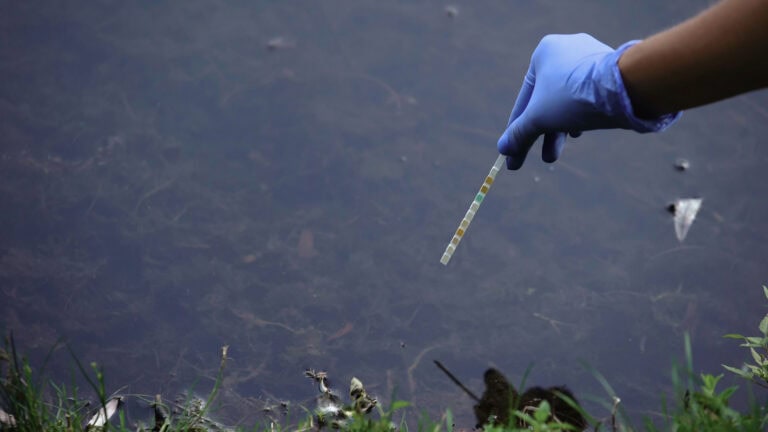
Maintaining water quality in ponds and lakes during a drought requires proactive measures. Reacting swiftly will mitigate the impacts of reduced water levels and increased temperatures. The following measures can help maintain a balanced ecosystem despite challenging drought conditions:
In summary, caring for lakes and ponds during a drought requires proactive measures to guarantee their health and sustainability. By monitoring water levels and implementing drought-resistant landscaping, you can help maintain the ecological balance of these crucial ecosystems.
Staying informed and adapting your practices won’t only protect your water bodies but also enhance their resilience against future droughts.
Remember, even small actions can have a significant impact on preserving these indispensable resources for generations to come.
When you’re considering pond or lake dredging, you need to know what costs to expect. Factors like the…
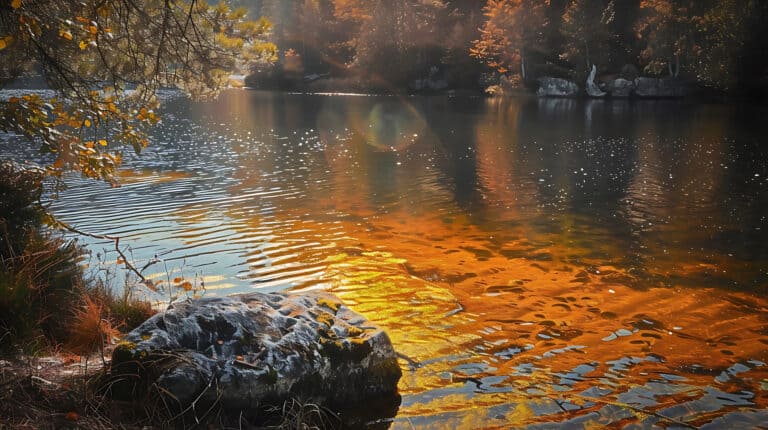
Minimizing evaporation and water loss in your lake or pond is essential for conserving water during drought conditions. By implementing practical strategies, you can significantly reduce the rate of evaporation and maintain stable water levels. A combination of environmental enhancements and practical water-saving techniques can help preserve your aquatic ecosystem during a drought.
Here are some practical methods:
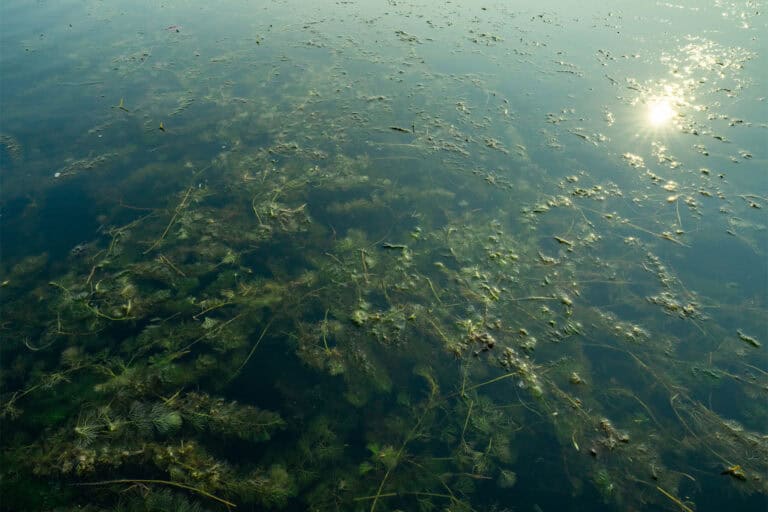
During a drought, the balance of your lake or pond’s ecosystem can shift. Drought conditions can disrupt the natural balance of your lake or pond, leading to overgrowth of algae and aquatic vegetation. Excessive growth affects water quality and can harm aquatic life by reducing oxygen levels and blocking sunlight.
Here are some strategies to manage these issues:
Consider adding competitive aquatic plant species that absorb nutrients and slow algae spread.
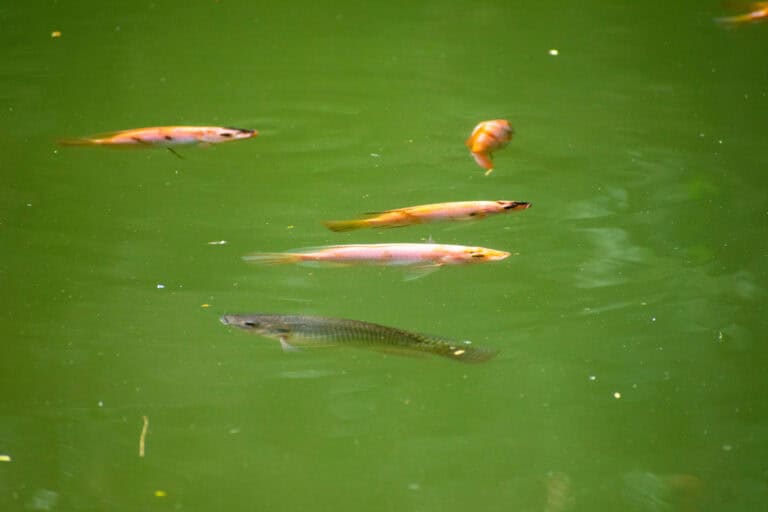
During a drought, the well-being of fish and other aquatic wildlife in your lake or pond can be at significant risk. Rising temperatures and reduced water levels can create stressful conditions, making it essential to take proactive steps to safeguard these species. Maintaining proper oxygenation, habitat diversity, and fish population control is key to supporting aquatic ecosystems during drought. By carefully managing these factors, you can help your aquatic life thrive even in challenging conditions.
Here are some steps to protect these valuable species:
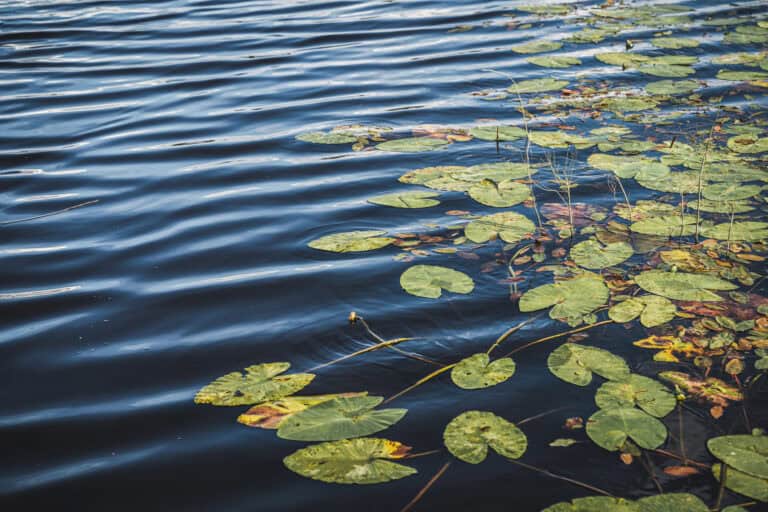
During a drought, relying on supplemental water sources can be essential for maintaining the health of your lake or pond. However, it’s important to manage these resources carefully to maximize their effectiveness and minimize environmental impact. Thoughtful planning and timing can make a significant difference in how well your water feature withstands dry conditions.
By choosing the right sources and ensuring their quality, you can support your lake or pond without harming the surrounding ecosystem.
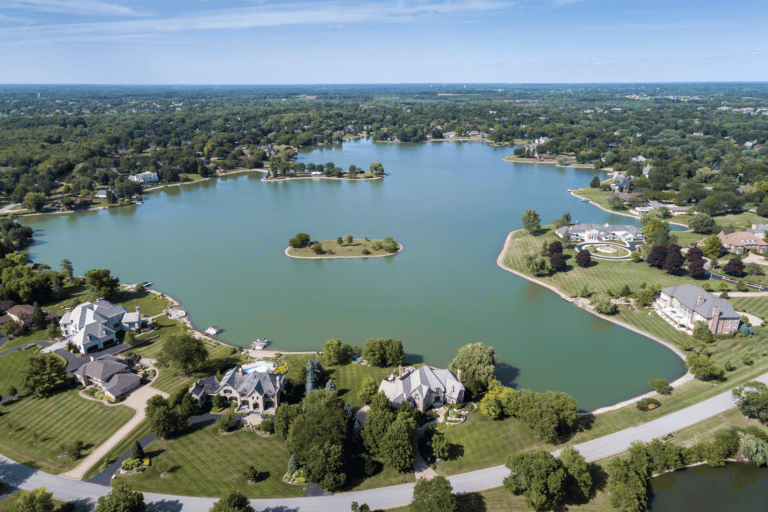
Building a resilient lake or pond that can withstand prolonged drought conditions requires careful planning and proactive measures. By focusing on sustainability, you can ensure your water feature remains healthy and functional even in challenging climates. Engaging in regular evaluations and considering innovative technologies also plays a critical role in long-term drought resilience.
You’ll notice decreased water levels, increased algae growth, and stressed aquatic plants. Fish may become lethargic or less active. Monitor these signs closely to assess your pond’s health and respond effectively to any drought stress.
For drought-prone lakes and ponds, consider native species like sedges, rushes, and water lilies. These plants adapt well to low water levels, providing habitat while requiring less maintenance and conserving resources during dry periods.
You can add water from another source during a drought, but make certain it’s clean and free of contaminants. Mixing different water sources might introduce pollutants or invasive species, so proceed with caution and research beforehand.
Drought reduces water levels, leading to higher temperatures and decreased oxygen. This stresses fish populations, causing reduced growth and reproduction, and can result in increased competition for limited resources, ultimately threatening their survival in affected lakes and ponds.
During a drought, algae can thrive in nutrient-rich waters, reducing light penetration and oxygen levels. You’ll notice that excessive growth can harm aquatic life, disrupt ecosystems, and indicate underlying water quality issues that need addressing.
Call us now to chat to one of our friendly consultants.

Hi, I'm Warren Glenn, an environmental specialist with a passion to water quality management and pond maintenance. I love sharing tips and insights to help you keep your aquatic ecosystems healthy and thriving.
Join our mailing list and receive special offers, updates, and discounted packages directly to your email.
By clicking “Submit”, you are signing up to receiving emails from us. You can unsubscribe whenever you like. SMS rates may apply.
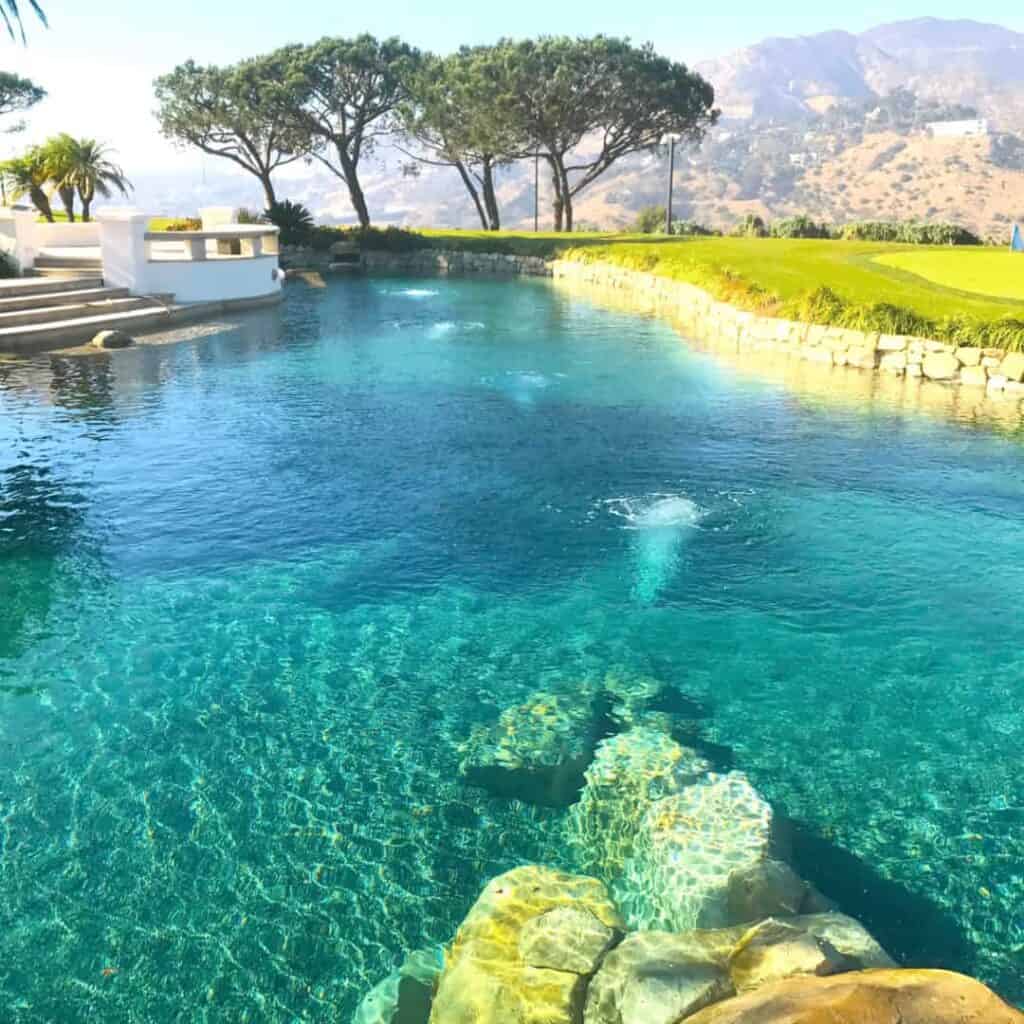
Got Questions? Reel us in!
By clicking “Submit”, you are signing up to receiving emails, and text messages from us. You can unsubscribe whenever you like. Cell phone rates may apply.

Join our mailing list and receive special offers and important information regarding the water feature industry, directly to your email.
By clicking “Submit”, you are signing up to receiving emails, and text messages from us. You can unsubscribe whenever you like. Cell phone rates may apply.